The exact temperature to keep your home indoors to prevent mold this winter
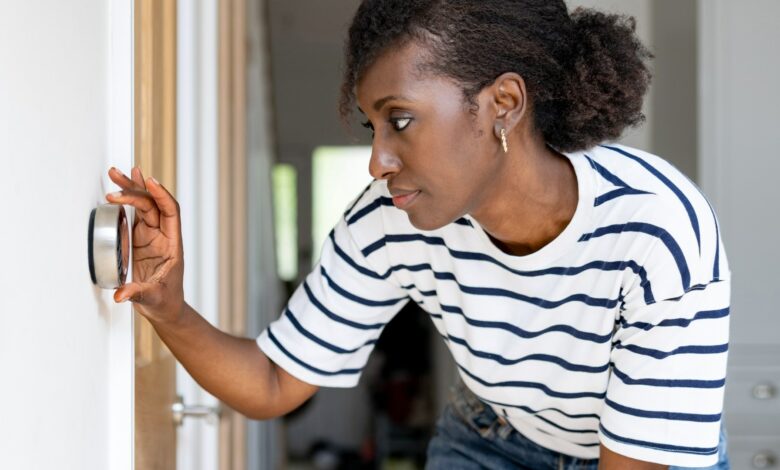
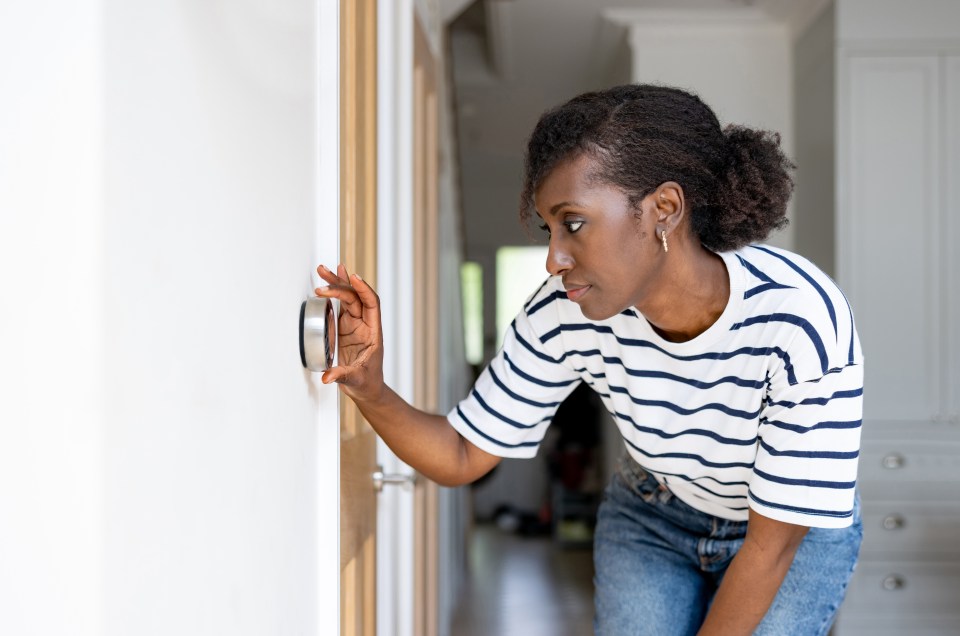
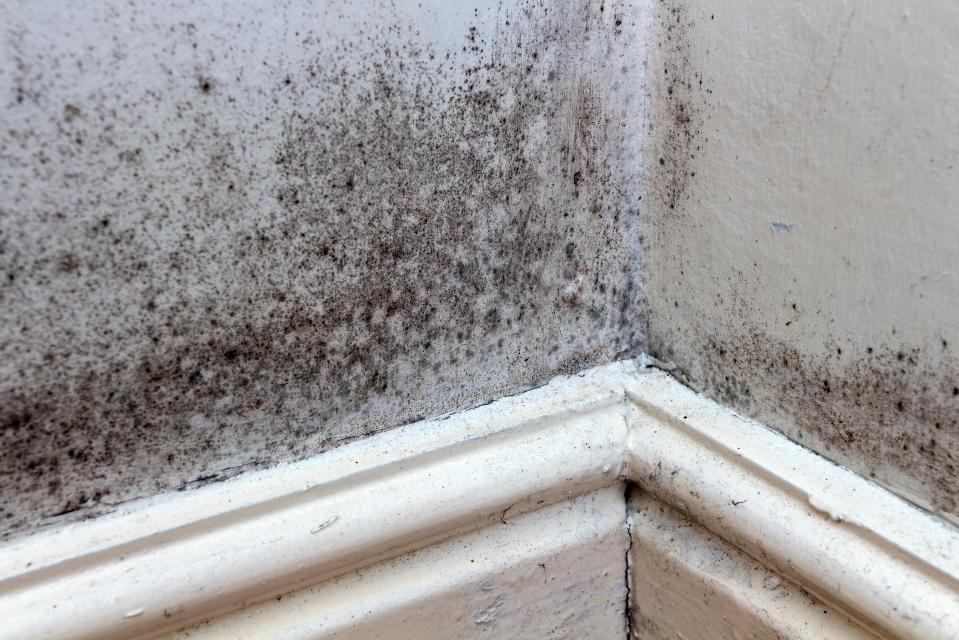
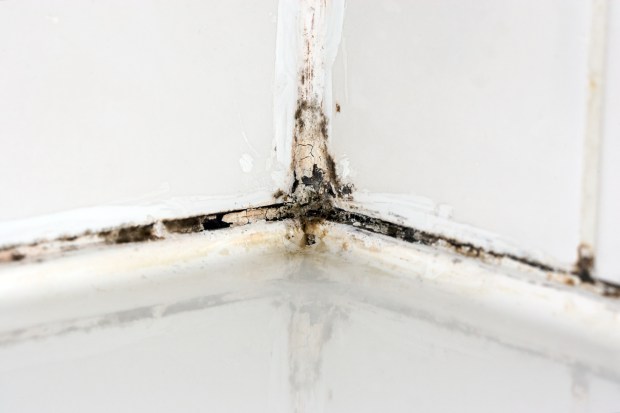
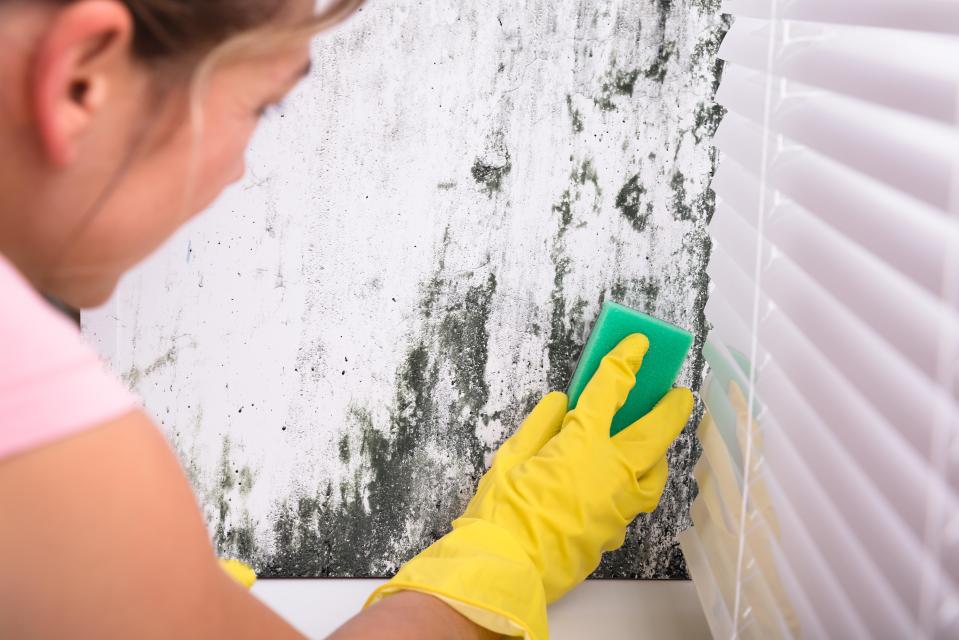
TRYING to keep the house warm when it’s cold outside is hard enough.
But add to that the challenge of trying to keep condensation at bay while preventing mold growth, and it seems almost impossible.
However, according to one expert, there is an exact temperature you should maintain indoors this winter if you want to keep mold at bay.
“Good ventilation is the cornerstone of mold prevention,” Paul Kershaw, the founder of a building materials supplier Tradefix Directexplained.
“Even in winter, it is crucial to air your home regularly.
‘Ensure fans and ventilation systems are functioning optimally and close windows and doors to prevent moisture from entering.
“Inspect the pipes for leaks and the roof for possible water damage.
“Additionally, maintaining a constant indoor temperature above 15 degrees Celsius can help prevent mold growth.”
There are also some signs to look out for if you are concerned about mold growth. This can be “easily missed” when it appears as “small, discolored spots on the walls”.
“As it progresses, these spots enlarge and merge, creating larger, more noticeable spots,” Paul continued.
“Mold can come in a variety of colors, including green, black or white, and may initially look like spots.
“Larger spots of mold will have a fuzzy texture.”
And when it comes to removing the mold, don’t use water, as Paul warned this can “make the problem worse, allowing it to spread and further stain the wall.”
Instead, try vinegar as a natural remedy.
“Simply wipe the affected area with vinegar and rinse thoroughly with hot water,” he advised.
“Avoid excessive scrubbing to prevent damage to the walls.”
Common bathroom habits that increase mold

Plumbworld, a leading expert in bathroom and kitchen products, has shared the daily habits that increase the likelihood of mold growth in homes.
Leaving wet towels and bath mats on the floor
Wet towels and bath mats on the floor after a shower or bath can increase humidity, creating a perfect breeding ground for mold spores.
To prevent this, hang towels and bath mats where they can dry quickly and wash them regularly.
Do not turn on the fan
An exhaust fan is crucial for reducing moisture levels in the bathroom.
When you take a hot shower or bath, steam increases the humidity in the room, creating an ideal environment for mold to grow on walls, ceilings and other surfaces.
An exhaust fan helps by moving the moist air outside, significantly reducing the chance of mold growth.
Experts recommend running the fan while showering and for at least 20-30 minutes afterwards to reduce humidity.
Ignore small leaks
Even small leaks from the sink, toilet or shower can contribute to increased moisture levels in a bathroom, creating an environment where mold can thrive.
Over time, these leaks can cause significant water damage, encouraging mold growth in less visible areas such as interior walls or under floors.
Repair leaks immediately to prevent mold and possible structural damage.
Keep shower curtains or doors closed
Keeping the shower area closed after use traps moisture inside, slowing the drying process and creating a moist environment that promotes mold growth.
Mold can easily develop on shower curtains, doors and in tile joints if they remain wet for too long.
To prevent this, leave the shower door or curtain open after use to improve air circulation and help the area dry more quickly.
Storing too many products
Shower holders and corners filled with bottles and accessories may seem harmless, but they can restrict airflow, trap moisture and create hidden, damp niches where mold can grow unnoticed.
Keep shampoo and shower gel bottles to a minimum and clean and dry the areas underneath them regularly to prevent mold growth.
If your mold problem is more serious, Paul suggests using a commercial mold and mildew cleaner, which you can purchase at your local hardware store.
“These products are designed to remove mold from walls, windows and bathroom surfaces,” he continued.
“Tackling mold growth quickly can help prevent its spread.
“In addition to cleaning, improve ventilation in affected areas to reduce the risk of future mold problems.”
If you’re experiencing a serious mold problem, you may need to consider redecorating once you’ve had to deal with it.
“Stripping the walls and treating the mold will be helpful in the long term,” Paul advised, “and allows you to tackle the underlying cause, such as damp.”
“Prioritize your health by addressing the mold problem and taking preventative measures before redecorating – and always wear a protective mask and gloves when touching the affected area,” he added.







